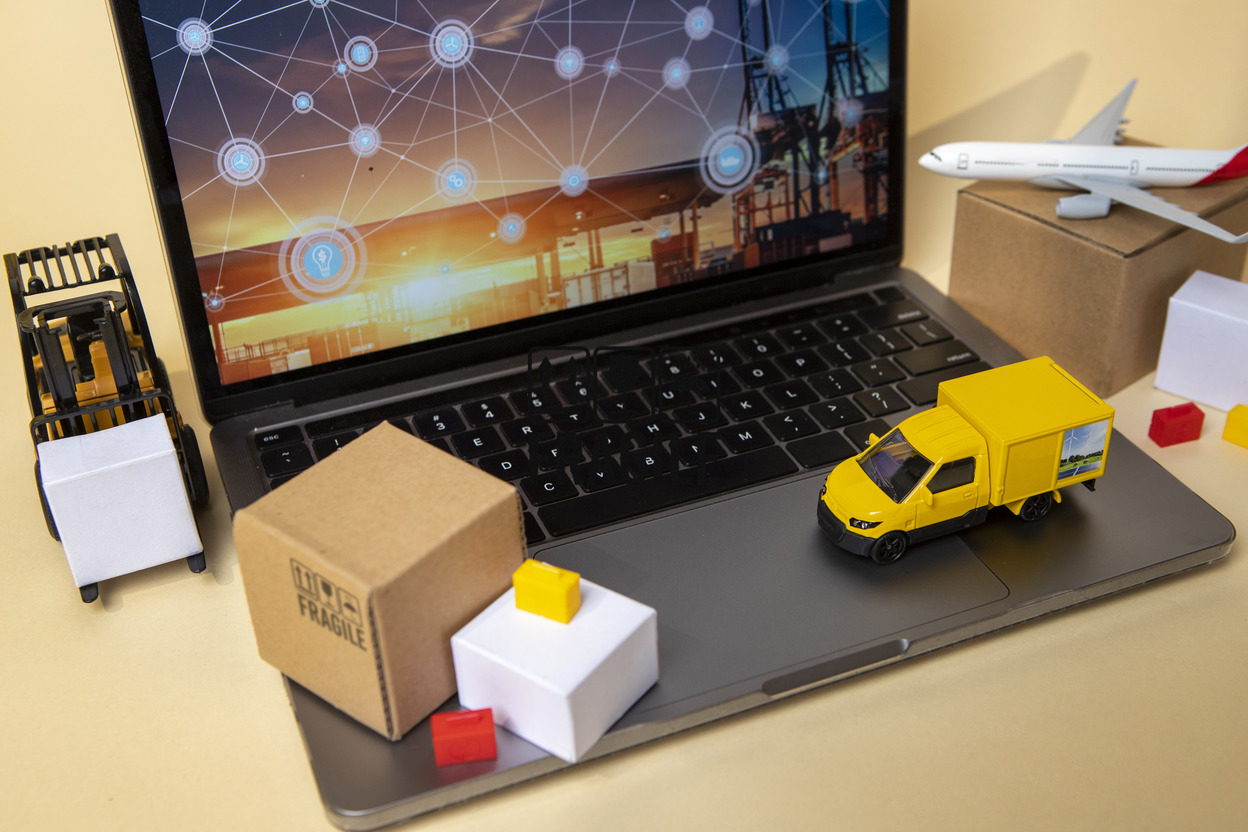
Revolutionizing Logistics: The Role of Technology in Streamlining Services in India
Introduction:
In recent years, India has witnessed a significant transformation in its logistics sector, driven largely by advancements in technology. From traditional methods to digital innovations, technology has played a pivotal role in streamlining logistics services across the country. This article explores the multifaceted impact of technology on the Logistics services in India, highlighting the key trends, challenges, and opportunities that have emerged in this dynamic landscape.
The Evolution of Logistics Technology in India:
Traditionally, logistics in India relied heavily on manual processes, resulting in inefficiencies, delays, and higher costs. However, with the advent of technology, the sector has undergone a paradigm shift, embracing digitalization and automation to enhance operational efficiency and customer satisfaction.
One of the significant advancements in logistics technology is the implementation of GPS tracking systems. By equipping vehicles with GPS devices, logistics companies can monitor shipments in real-time, optimize routes, and provide accurate delivery estimates to customers. This not only improves the overall efficiency of transportation but also enhances transparency and visibility throughout the supply chain.
Additionally, the widespread adoption of cloud-based logistics management platforms has revolutionized how logistics operations are managed. These platforms integrate various functions such as inventory management, order processing, and fleet optimization, allowing companies to streamline their processes, reduce paperwork, and make data-driven decisions in real-time.
Furthermore, the emergence of Internet of Things (IoT) devices and sensors has enabled logistics companies to track the condition of goods during transit, ensuring compliance with quality standards and regulations. Temperature-controlled sensors, for instance, are used to monitor perishable goods, minimizing the risk of spoilage and wastage.
Challenges and Opportunities:
Despite the significant progress, the logistics sector in India faces several challenges on its path to digital transformation. Infrastructure constraints, including inadequate road networks and limited warehousing facilities, pose significant hurdles to the seamless flow of goods. Moreover, the fragmented nature of the industry, characterized by numerous small players operating independently, makes it challenging to standardize processes and implement uniform technology solutions.
However, these challenges also present opportunities for innovation and growth. With the government's push towards initiatives such as 'Make in India' and the implementation of Goods and Services Tax (GST), there is a growing demand for efficient logistics solutions to support the burgeoning manufacturing and e-commerce sectors. This has spurred investment in technology-driven logistics startups, which are leveraging artificial intelligence (AI), machine learning (ML), and blockchain to address industry-specific challenges and create value-added services.
Role of E-commerce in Driving Technological Innovation:
The rapid growth of e-commerce in India has been a major catalyst for technological innovation in the logistics sector. With the rise of online shopping platforms, consumers expect faster delivery times, greater convenience, and real-time tracking of their orders. This has prompted logistics companies to invest in last-mile delivery solutions, such as drones and autonomous vehicles, to meet the evolving demands of the digital consumer.
Moreover, e-commerce giants like Flipkart and Amazon have pioneered the use of data analytics and predictive modeling to optimize their supply chains and enhance customer experience. By analyzing vast amounts of data, these companies can anticipate demand patterns, optimize inventory levels, and minimize delivery times, thereby gaining a competitive edge in the market.
Future Outlook:
Looking ahead, technology is poised to play an even more significant role in shaping the future of Logistics services in India. The integration of emerging technologies such as AI, ML, and blockchain is expected to further streamline operations, reduce costs, and enhance transparency across the supply chain. AI-powered predictive analytics, for instance, can help logistics companies anticipate disruptions, optimize routing, and improve resource allocation, thereby improving overall efficiency and profitability.
Moreover, the ongoing digitalization of government services, such as the digitization of customs procedures and the implementation of electronic waybills, will further facilitate trade and cross-border logistics, enabling smoother movement of goods within the country and beyond.
Conclusion:
In conclusion, technology has emerged as a driving force behind the transformation of the logistics sector in India. From GPS tracking systems to cloud-based management platforms, digital innovations have revolutionized how goods are transported, managed, and delivered across the country. While challenges remain, the continued adoption of technology, coupled with supportive government policies and increasing investment, promises to unlock new opportunities and propel the Indian logistics industry towards greater efficiency, reliability, and competitiveness in the global market.